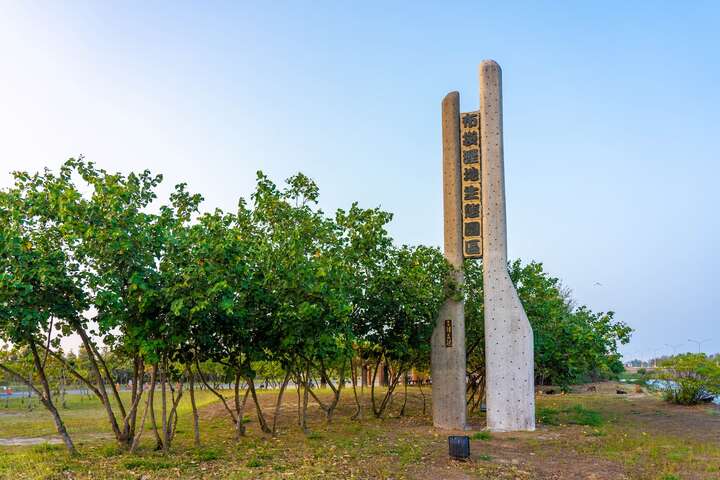Budai Wetland Ecological Park (formerly Nambu Wetland) Introduction
The South Budai Wetlands are located within the idle salt pans south of the urban area of Budai Township in Chiayi County. They were once part of the salt fields of the Budai Salt Field, covering an area of approximately 1,385 hectares, including the lagoon waters. To the north, it is bordered by the Western Coastal Highway and the Zanliao River; to the east, by Provincial Highway 17 and Budai Junior High School; to the south, it crosses the Longgong River to Provincial Highway 17; and to the west, it is defined by the lagoon waters. Hundreds of years ago, the South Budai Wetlands were originally shallow waters of the lagoon in the inner sea, known today as the remnants of Haomei Lagoon. Later, due to the reclamation by early settlers, it transformed into fish ponds. In the 1930s, during the Japanese occupation, the demand for salt—referred to as the "mother of industry"—led to the forced acquisition of private fish farms to create salt fields. After Taiwan's retrocession in the 1950s and 1960s, the salt-making industry once created a "golden age" along the southwestern coastal areas of Taiwan. However, as Taiwan's social and economic structures changed, the salt industry struggled against the globalization of salt imports, leading the Taiwan Salt Company to announce the cessation of all salt fields in 2002, marking the end of the Taiwanese salt industry's development. Today, the long-abandoned salt fields, after years of rainwater erosion and compounded by environmental factors like excessive groundwater extraction leading to land subsidence, have naturally transitioned into a wetland paradise that attracts a large number of migratory birds during winter and summer. Especially from September to April each year, this area is one of the most important habitats for wild birds along the southwestern coast. Various bird species, such as the black-faced spoonbill, white spoonbill, and red-billed gull, can be observed at the South Budai Wetlands, making its rich biodiversity worth exploring.




























